Roof Inspection Checklist
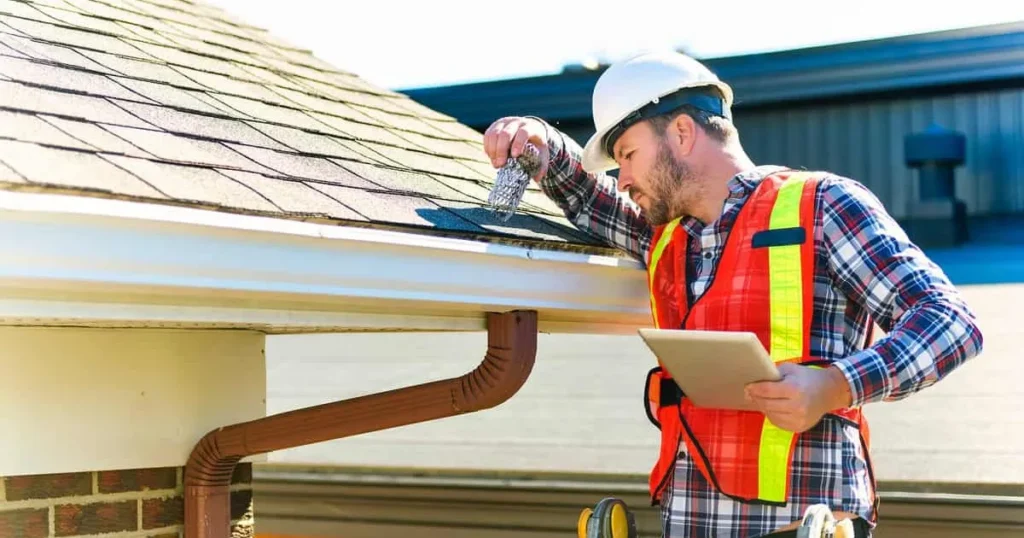
Know Exactly What to Look for with Every Roof Inspection
A roof inspection is more than just a quick glance at your shingles, it’s a step-by-step assessment of the entire roof system, from surface materials to interior decking and drainage. At Heritage Roofing & Repair, our professional roof inspection checklist is designed to help homeowners, property managers, and real estate professionals identify potential problems, ensure long-term performance, and reduce costly surprises.
We’ve developed this comprehensive guide based on industry best practices, local weather patterns, and years of experience inspecting residential and commercial roofing systems.
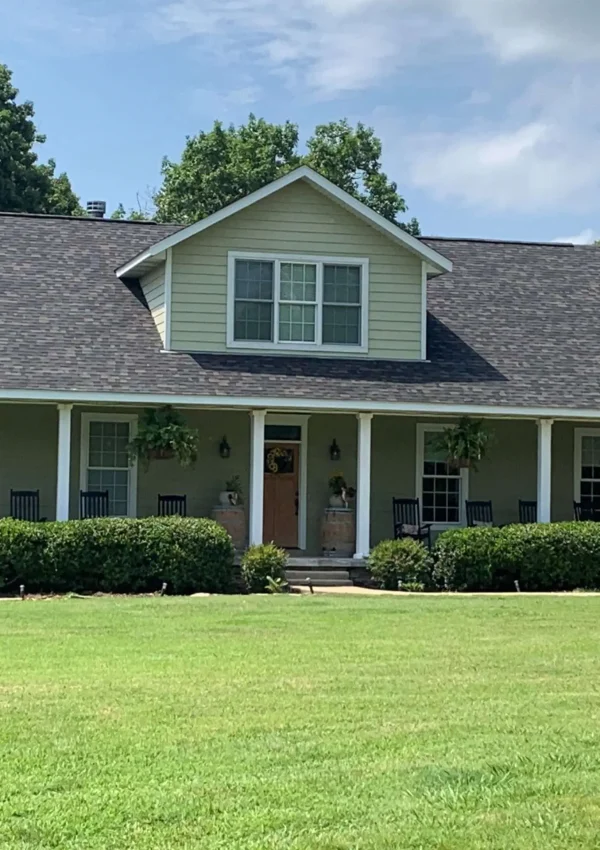
Why Choose Heritage Roofing & Repair
Over 50 Years of Local Experience
We’ve worked through decades of Arkansas’s changing weather patterns, learning exactly which materials and techniques last.
Licensed & Insured
All our professionals are fully certified, and our work is backed by comprehensive insurance policies.
Rapid Emergency Response
Our trucks are stocked for immediate deployment after storms.
Proven Reputation
Our Testimonials speak for themselves, with dozens of 5-star reviews from satisfied homeowners.
Why a Roof Inspection Checklist Is Essential
Every year, thousands of dollars are lost due to undetected roof damage. In fact, according to the National Roofing Contractors Association, most roofing systems fail prematurely because of poor maintenance, and many of those failures could have been prevented with routine inspections.
Arkansas homeowners face added risk, with annual rainfall averaging 51 inches and frequent hailstorms throughout Boone County. Thunderstorm activity is recorded on approximately 60 days per year, putting extra pressure on shingles, sealants, flashing, and drainage systems.
A thorough inspection ensures:
- Leaks and storm damage are caught early
- Warranty and insurance coverage remains valid
- Roof lifespan is extended by years
- Ventilation and insulation systems perform efficiently
- Resale or appraisal values are preserved
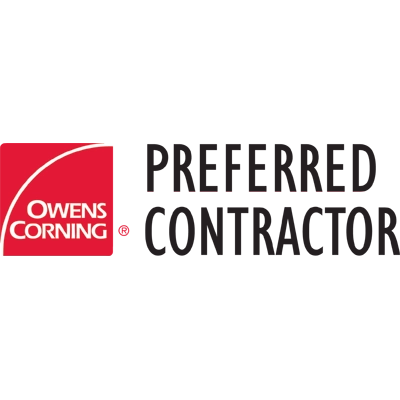

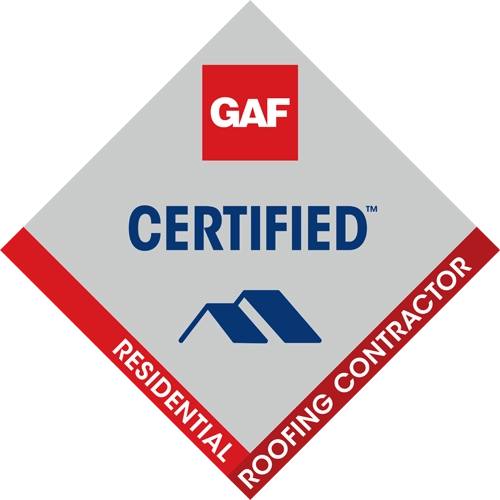
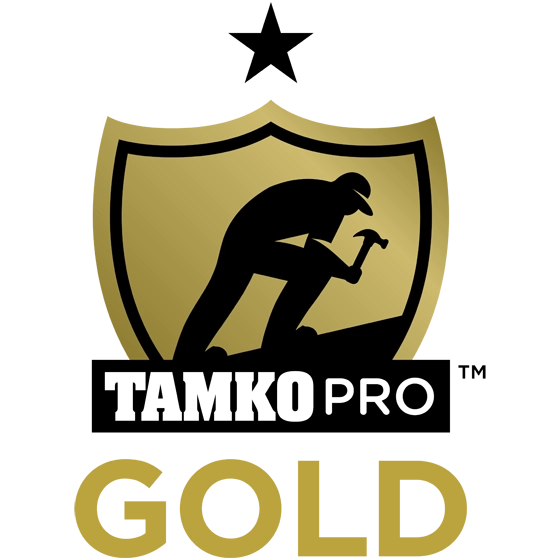
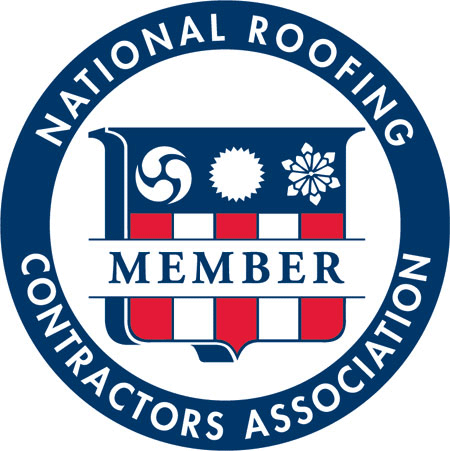
Full Roof Inspection Checklist Explained
Here’s a deeper breakdown of what each part of a full inspection involves and what your roofer is looking for.
Exterior Roof Surface: First Line of Defense
- Shingle Condition:
We assess for common signs of aging and damage, like curling, cracking, blistering, or missing shingles. Granule loss is especially concerning, as it indicates UV and weather exposure has compromised the asphalt layer. This is often the first visual cue that your asphalt shingle roof is nearing the end of its life. - Metal Roofing Panels:
Metal roofing systems, while durable, are not immune to failure. Our inspection checks for panel separation, exposed fasteners, corrosion (especially around seams), and areas where expansion or contraction may have stressed the roof. - Tile, Slate, or Composite Materials:
Cracked or displaced tile roofing and composite slate systems require immediate repair. Tiles can break under foot traffic, while composite systems must maintain bonding strength and seal integrity to prevent underlayment exposure. - Roof Penetrations & Flashing:
These are the #1 source of leaks. We examine all roof penetrations, including chimneys, plumbing stacks, skylights, and vents, for rusted flashing, open seams, and worn sealants. According to industry reports, over 90% of roof leaks originate from flashing-related issues. - Valleys and Ridges:
These high-flow areas often suffer from granule erosion and accelerated aging. Debris buildup here can redirect water under shingles, leading to deck rot. Our inspection clears debris and verifies that water is shedding properly.
Roof Perimeter & Drainage: Managing Water Flow
- Gutters and Downspouts:
Clean, correctly pitched gutters protect fascia, siding, and foundations. We inspect for sagging, separation at seams, and downspouts that discharge too close to the structure. Blocked systems can backflow water onto the roof deck, reducing shingle life and promoting leaks. - Drip Edge and Eaves:
Improperly installed drip edge is a common oversight in roof installation. We verify that it overlaps under the starter shingle and properly channels water into gutters. Rotting fascia boards are a sign of failure here. - Overhangs and Soffits:
These areas offer critical attic ventilation and protection from rain splash. Mold, peeling paint, or signs of pests may indicate trapped moisture or compromised airflow. We ensure soffit vents are clear and undamaged. - Flat Roof Drainage:
On flat or low-slope systems like TPO or modified bitumen roofing, we check for ponding water and blocked scuppers. Just ½ inch of standing water can weigh up to 5 pounds per square foot, a serious load over time that can damage membrane seams.
Interior Roof Inspection: Hidden Threats Beneath the Surface
- Roof Deck and Rafters:
Our attic inspection checks for water stains, mold, soft decking, or signs of sagging. If decking has delaminated or softened, it may need partial or full roof replacement. - Insulation Moisture:
Wet insulation loses R-value and can promote mold growth. If insulation near roof penetrations is wet or matted, we use moisture meters to trace the leak’s origin. - Attic Ventilation and Airflow:
An unventilated attic overheats in summer, causing premature shingle failure, and traps moisture in winter. We inspect ridge vents, gable vents, and soffit intake for blockages or damage. - Interior Ceilings & Walls:
Stains, sagging drywall, or bubbling paint are visual proof of long-term leaks. If visible, they usually indicate damage that extends well into the attic.
Professional Documentation and Reporting
A thorough inspection isn’t complete without documentation. Our report includes:
- Photos of every defect found
- Notes on roof type, condition, and estimated lifespan
- A maintenance summary or roof replacement estimate
- Roofing warranty coverage review
- Repair prioritization by urgency and cost
This report is critical for insurance claims, real estate closings, and capital improvement planning.
Roofing Materials and Inspection Points
Understanding what to check based on your roofing material helps us catch issues early:
Roofing Material | What We Inspect Closely |
Asphalt Shingles | Curling, granule loss, exposed nails, seal tab failure |
Metal Roofing | Loose screws, rust, oil canning, panel uplift |
Composite Slate | Edge wear, UV fading, fastener movement |
Clay/Concrete Tile | Cracked tiles, dislodged flashing, underlayment exposure |
TPO/EPDM | Seam integrity, ponding, membrane punctures |
To compare systems, visit our roofing materials guide.
DIY vs Professional Roof Inspections
While homeowners can do basic visual inspections, like spotting missing shingles from the ground, many issues require trained roofers to detect and verify safely. Our team uses tools such as:
- Infrared cameras to locate hidden moisture
- Drone inspections for steep or complex roofs
- Moisture meters and borescopes for attic damage
Preventative Maintenance After Inspection
After completing your roof inspection, we help you plan next steps, which may include:
- Minor repairs like resealing flashing, shingle replacement, or correcting ventilation
- Preventative maintenance, including gutter cleaning and caulking
- Emergency repairs if active leaks are found, see our emergency services
- A maintenance contract tailored to your property and material type
Routine roof maintenance can save 15–30% over the life of your roof by avoiding major replacement costs.
We recommend having your roof professionally inspected at least once per year, ideally in the spring or fall. In Arkansas, where we experience heavy rainfall, hail, and storm activity, you should also schedule an inspection immediately after severe weather. This helps catch hidden damage early and protects your insurance eligibility.
A full inspection covers both exterior and interior components: shingles or panels, flashing, valleys, gutters, attic insulation, ventilation, and visible structural elements. At Heritage Roofing & Repair, we also provide photo documentation and a clear report with recommended repairs, costs, and maintenance guidance.
While a visual inspection from the ground can help you spot missing shingles or clogged gutters, a trained roofing contractor is essential for identifying deeper issues like water intrusion, flashing defects, and ventilation problems. We also use tools like moisture meters and drones to access areas that are difficult or unsafe for homeowners to inspect.
Yes. A detailed roof inspection, especially with photos and notes from a licensed roofer, can strengthen your roof damage claim. Our team is experienced in working with insurance companies and offers full insurance roof claims assistance.
Most roof inspections take between 45 minutes and 2 hours, depending on the size, pitch, and complexity of the roof. Multi-family and commercial properties may take longer. You’ll receive a detailed report typically within 24 to 48 hours after the inspection.
Some warning signs include: Curling or missing shingles Ceiling water stains Granules in the gutter Loose flashing Sagging rooflines If you notice any of these, schedule a roof inspection right away.
Absolutely. We inspect all major roofing systems, including metal roofing, tile roofs, flat roof systems, and more. Each material type has its own set of inspection criteria that we follow closely.
Yes! Our inspection checklist is often used for pre-purchase evaluations, helping homebuyers identify hidden roofing issues before closing. We provide a professional report that realtors, appraisers, and insurance providers can reference.
Contact Us Today
Heritage Roofing & Repair
Address: 3458 Arkansas State Hwy 221, Berryville, AR 72616
Phone: (870) 654-1164
Email: info@myheritageroofing.com
Business Hours
Monday: Open 24 hours
Tuesday: Open 24 hours
Wednesday: Open 24 hours
Thursday: Open 24 hours
Friday: Open 24 hours
Saturday: Open 24 hours
Sunday: Closed